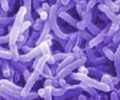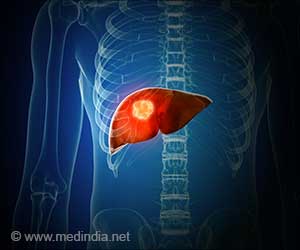Scientists have found that cholera outbreaks can be predicted using satellite monitoring of marine environments, especially in India and Bangladesh where such epidemics occur regularly.
Scientists have found that cholera outbreaks can be predicted using satellite monitoring of marine environments, especially in India and Bangladesh where such epidemics occur regularly.
Professor Rita Colwell, from the Institute for Advanced Computer Studies at the University of Maryland, says that she has studied cholera outbreaks for over 30 years, and found that they follow seasonal increases in sea temperature.She points out that the number of tiny animals increases following a rise in sea temperature, and they bring the cholera pathogen into the drinking water supply.
The researcher believes that the satellite monitoring, combined with their findings thus far, may holds the key to preventing cholera epidemics.
"We can use the current data taken from the satellites to predict when the onset of cholera epidemics will occur, it allows public health authorities to pinpoint exactly when to allocate resources or implement warnings about drinking the water," the BBC quoted her as saying.
Rita revealed that her team used the satellites to pick up sea temperature changes in the Bay of Bengal, and measured the amount of phytoplankton, the tiny marine plants that feed ocean ecosystems.
She said that their analysis showed that cholera outbreaks in Kolkata and Matlab in Bangladesh occurred soon after seasonal rises in sea temperature, which in turn lead to increases in phytoplankton densities.
Advertisement
According to her, copepods find their way into the water supply in low-lying parts of Bangladesh and India when sea levels rise.
Advertisement
"We found we could reduce cholera 40-50 per cent by just filtering out the plankton," she said.
She and her colleagues hope that, through the use of satellite and future studies on what is happening further out to sea, they will soon develop a tool to predict cholera outbreaks weeks or months before they occur.
Source-ANI
SRM











